All About The Amazing Japanese Public Toilets
Have you ever heard about Japan’s amazing super-VIP, over-the-top toilets? I’m talking toilets with optional heated seats, butt showers and sound effects, to name a few regular features. If you haven’t come across these extraordinary inventions before, read on…
Personally, I had many opportunities to try Japan’s eclectic public toilets while living in Kyoto for six years teaching English. I generally came across them at department stores, shopping malls and train stations.
I never did install one in my old Japanese house. But I visited several Japanese friends who had those super fancy toilets in their homes. By the 1990s, when I was there, such luxurious toilets had become fairly standard.
After I left Kyoto back in 1998 to start traveling the world, I pretty much forgot about them.
But during my recent flight from Malaysia to the USA, I had a 4-hour layover at Tokyo’s Narita Airport. With so much time on my hands I had a chance to freshen up and change clothes before my next long flight across the Pacific.
Off I went to the airport ladies’ room. There I rediscovered Japan’s crazy and amazing public toilet facilities.
Here’s what you’ll find when you venture into a modern Japanese public toilet:
When you first walk into a typical public restroom, you’ll never suspect what awaits you inside the stalls. The general bathroom area looks like your usual public restroom, albeit super-spic n-span. Immaculate and fresh.
But as soon as you head to the toilet stalls you’ll start noticing that things are a bit different. For starters, each stall door displays a set of icons indicating exactly which toilet facilities are available inside that particular stall. Some ‘just’ have a super VIP toilet. Others have a traditional Asian style toilet, which is an oblong ceramic toilet ‘bowl’ set in the floor.
In the photo above for instance, the left-hand stall has a western-style VIP seat toilet and a special child seat. The right-hand stall has an Asian style squat toilet.
Some stalls have, in addition to the toilet, any combination of extra facilities: padded baby changing table, special child seat (configured much like a child car seat), a sink and/or separate bidet.
So to begin your Japanese toilet adventure, first look at the stall icons to find the features you want to use. Then step inside. Unless the stall’s already occupied, of course, in which case you should stand in front of that stall to wait your turn.
Assuming you select a western-style seated toilet, your fun is about to begin… The typical VIP seated toilet offers several optional features, accessed via a button-style menu attached to the side of the bowl. The button menu has labels in Japanese, and often English as well, indicating what each button does.
Usual features include: a heated seat, bidet, spray shower, warm water, ‘flushing noise’ and a deodorizer. The bidet and spray functions both shoot water up at your hinter quarters from below. The bidet aims at your genitals. The spray at your derriere.
Both sprays allow you to adjust the water pressure from soft to forceful. Choose whether you want a light misting action, medium spray or a strong blast to really clean you up good.
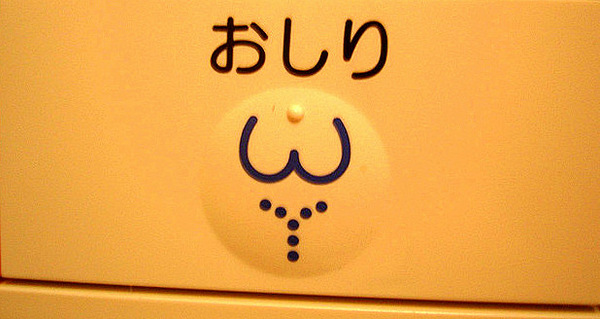
sign for bum spray ‘oshire’ in Japanese, which means rear end – photo by David McKelvey on Flickr CC
The ‘flushing noise’ feature is a Japanese invention to help prevent people from feeling super-conscientious (aka shy) about their own bodily noises: peeing, poo-ing or farting. Japanese people can become painfully embarrassed by such ‘ghastly’ noises.
To conceal such sounds, they can simply press the ‘flushing sound’ button. The comforting swooshing noise continues until they press ‘stop’. Like the water sprays, this sound can also be modified – from rather quiet to super loud.
Instructions for using these phenomenal toilets are also posted on the inside wall of the toilet stall. Typically, there are pictures and text in Japanese and often in English as well. Between the toilet bowl’s button menu, pictographs and written instructions, most people should be able to figure out how to use all the wonderful toilet features.
For myself, I don’t particularly enjoy having my hither regions sprayed with water, so I generally forego the bidet and shower functions. And I don’t especially like loud swooshing noises, so I usually skip the ‘flushing sound’ option (Though it is fun to turn on for the occasional chuckle about Japanese inventiveness).
I’m most likely to use the ‘warm seat’ option, especially in winter. In fact, I can remember blessing those wonderful train station toilets many a time while commuting between home and work during the long, cold Japanese winters.
You gotta love such inventiveness! So hip,hip hooray for the amazing Japanese toilets.
QUESTIONS:
Have you ever used a fancy Japanese toilet?
If so, which functions do you especially like?
If you haven’t had the pleasure of trying one yet, which features would you most like to try?
—————————————————————————————————————————————–
You might also enjoy:
My Recommendations on What to do in Japan on a Short Vacation
Photos of Japanese Temples, Shrines & Castles
(* for more about this article see this page *)
------------------------------------------------------------------------------------







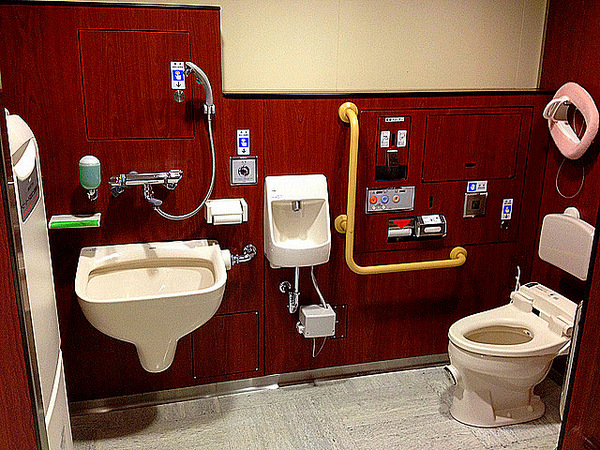
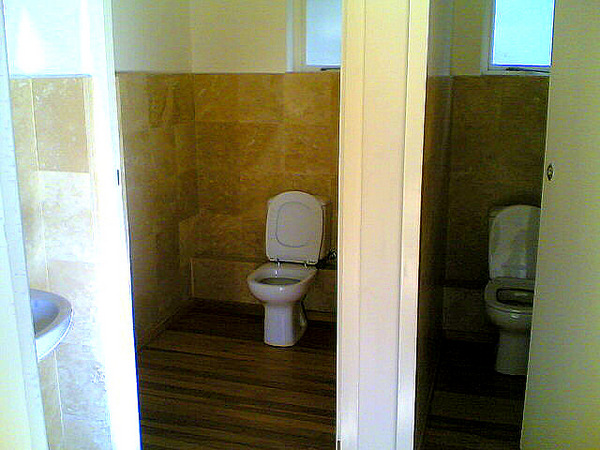
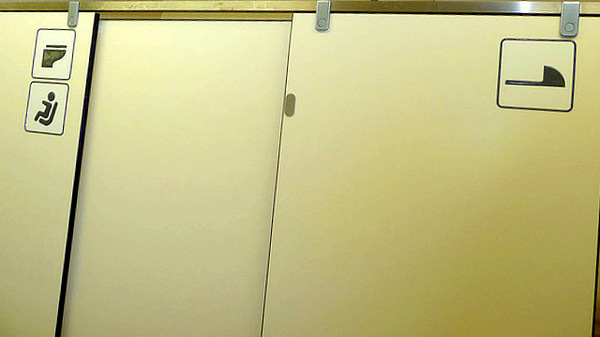
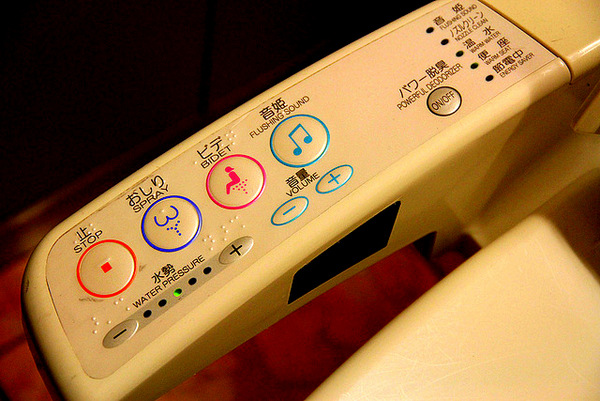
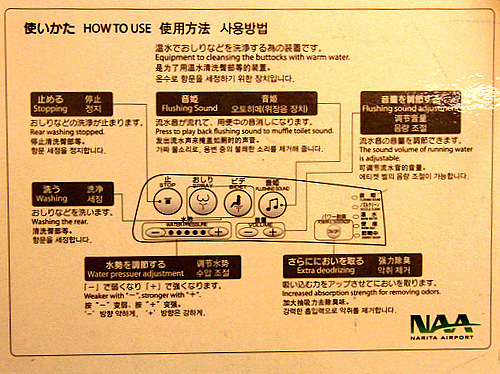





 Hi! I'm Lash, an American nomadic world traveler who's been traveling solo since 1998. I’m passionate about traveling the world nomadically and then sharing it all with you. I hope to inspire you to travel the world, to entertain you with tales from the road, and to help you reach your travel dreams. Welcome!
Hi! I'm Lash, an American nomadic world traveler who's been traveling solo since 1998. I’m passionate about traveling the world nomadically and then sharing it all with you. I hope to inspire you to travel the world, to entertain you with tales from the road, and to help you reach your travel dreams. Welcome! 




1 pings